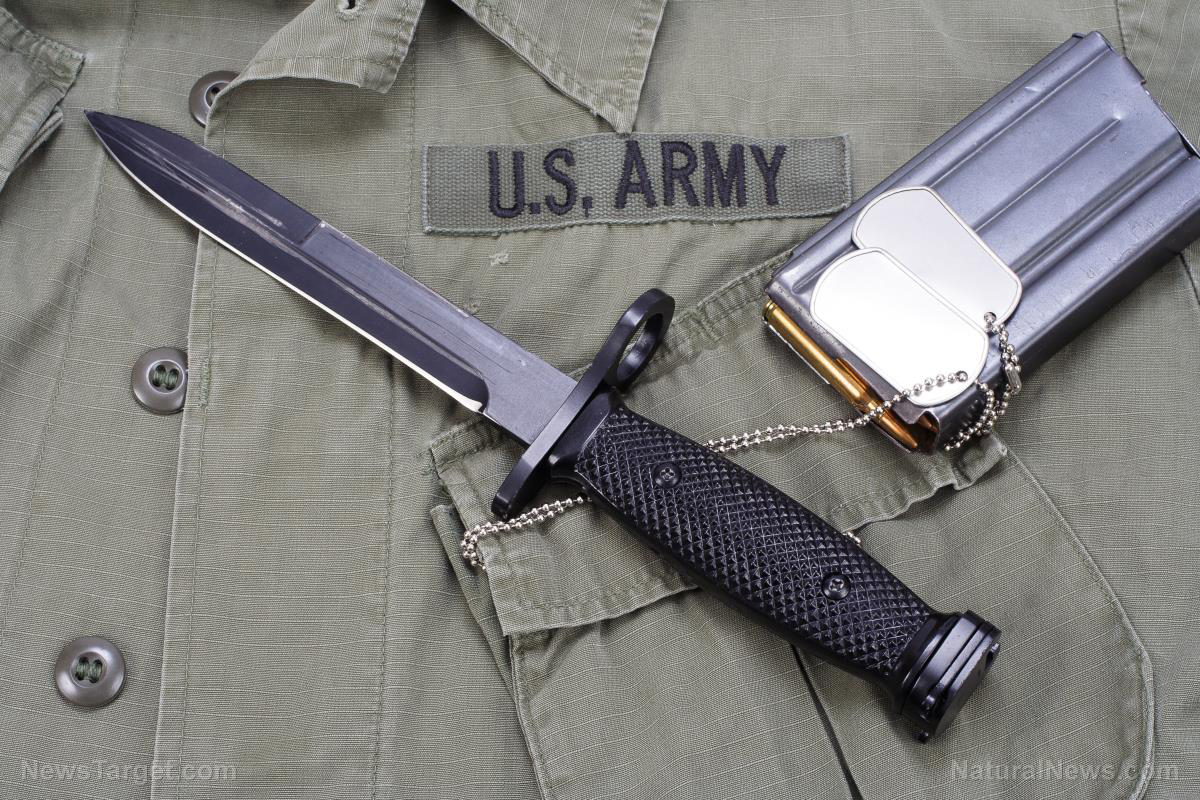
Advertisement
When preparing for any disaster or emergency, you will need the right equipment in your bag. This includes the essentials like food, water and first aid kit, but also other stuff like a self-defense weapon, a flashlight and a physical map of your location, among others. However, if the emergency arrives and you’ve left all your valuable gear at home or in your car with no way to access it, the one tool that will be helpful to you is a survival knife.
A reliable survival knife won’t just be great for defending yourself against possible attackers. You can also use it for hunting, making fires and as a handy emergency first aid tool.
Knives have different characteristics to suit the needs of its user. Here are the traits that you must think about and consider before making your purchase. (h/t to ThePrepperJournal.com)
Blade type and material
First, you have to choose what kind of knife you’ll get. You can get a folding blade knife like a pocket knife, or a fixed blade knife. Pocket knives will be easier to hide, but at the cost of reduced durability. If you plan to carry your blade on-body, a pocket knife might work best for you. Fixed blade knives, on the other hand, perform well for most outdoor tasks such as carving and chopping.
You must also consider the kind of material your knife blade will be made of. Carbon steel blades are very durable but will rust easily without proper care, and stainless steel blades won’t rust but are difficult to keep sharp as time passes.
Blade size
Next, consider the size of your blade. Choosing the right size can make a huge difference, especially since you’ll be choosing a knife that you can use for a variety of functions. If your knife is too broad, you won’t be able to use it to cut snare traps. If it’s too small, it can’t be used to chop wood. (Related: Bushcraft survival skills to teach your kids or grandkids.)
An average-sized knife of about 10 to 12 inches in length is good enough to do most tasks that require a survival knife. However, it will be difficult to hide in your attire.
Handle
The blade isn’t the only part of the knife. Choosing a knife with the wrong handle can put you in a difficult position. A handle that’s too small for you can give you blisters, while you might not be able to properly grip a knife with a large handle.
Your handle, whatever design or size it has, must be firm and be able to facilitate better action. Additionally, your handle must have a guard to prevent your hand from running up onto the blade.
Shank
The shank or the tang is the back portion of the knife that connects the blade to the handle. If you prefer a lighter blade, you can go for a partial, narrow or stick tang. However, if you’re looking for a blade that can help you tackle extreme conditions, going with a full tang is your best bet.
A knife handle is connected to the tang through the use of pins, bolts, glue and other components. If you don’t take care of your knife, your knife handle can break while you’re using it. A full tang can give you greater balance and leverage capabilities. It will also reinforce the knife’s stability and ensure that your grip on your knife will never loosen due to problems with bolts and pins.
Choosing the right survival knife is just as important as choosing any other survival gear. The ultimate decision will come down to what kind of knife you think will be the most useful for your personal situation.
Sources include:
Advertisement
Advertisements
















